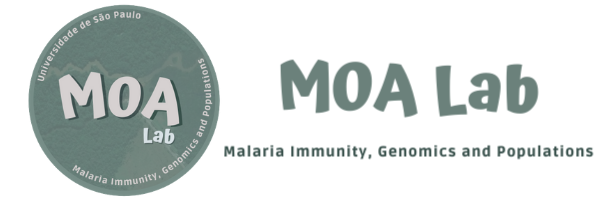Resumo: The broad, long-term objective of this project is to guide malaria elimination strategies in Amazonia taking into account human, environmental, and biological features that combine to maintain hypoendemic malaria in the region. The complexity of Amazonian malaria is augmented by intense human movement related to work and social interactions, which combined with asymptomatic infections lead to silent reservoirs of malaria parasites moving across space and time. Over the past ICEMR project period, population-based longitudinal cohort studies in Brazil and Peru have demonstrated complex patterns of malaria transmission in epidemiologically contrasting sites (e.g., increasing transmission vs. disappearing malaria). This new project will continue longitudinal studies to delineate a fine level of malaria transmission and endemicity complexity in these and new sites. This project is based on the primary hypothesis that asymptomatic, subpatent parasitemia drive ongoing hypoendemic malaria. Residual malaria (due to outdoor-biting Anopheles darlingi mosquitoes potentially related to anthropogenically-driven changing vector behaviors and genetics) and emerging, complex patterns of malaria reintroductions has made studying alternative approaches to malaria elimination a critical issue. In this project we seek to understand the patterns and determinants of two contrasting malaria epidemiological settings in the Amazon: residual malaria with continuing hypoendemicity, and foci of high transmission. These settings have different local ecologies (riverine, highway and urban areas) and human behavior (e.g., bednet use, occupation, mobility).
Clique aqui para saber mais.
